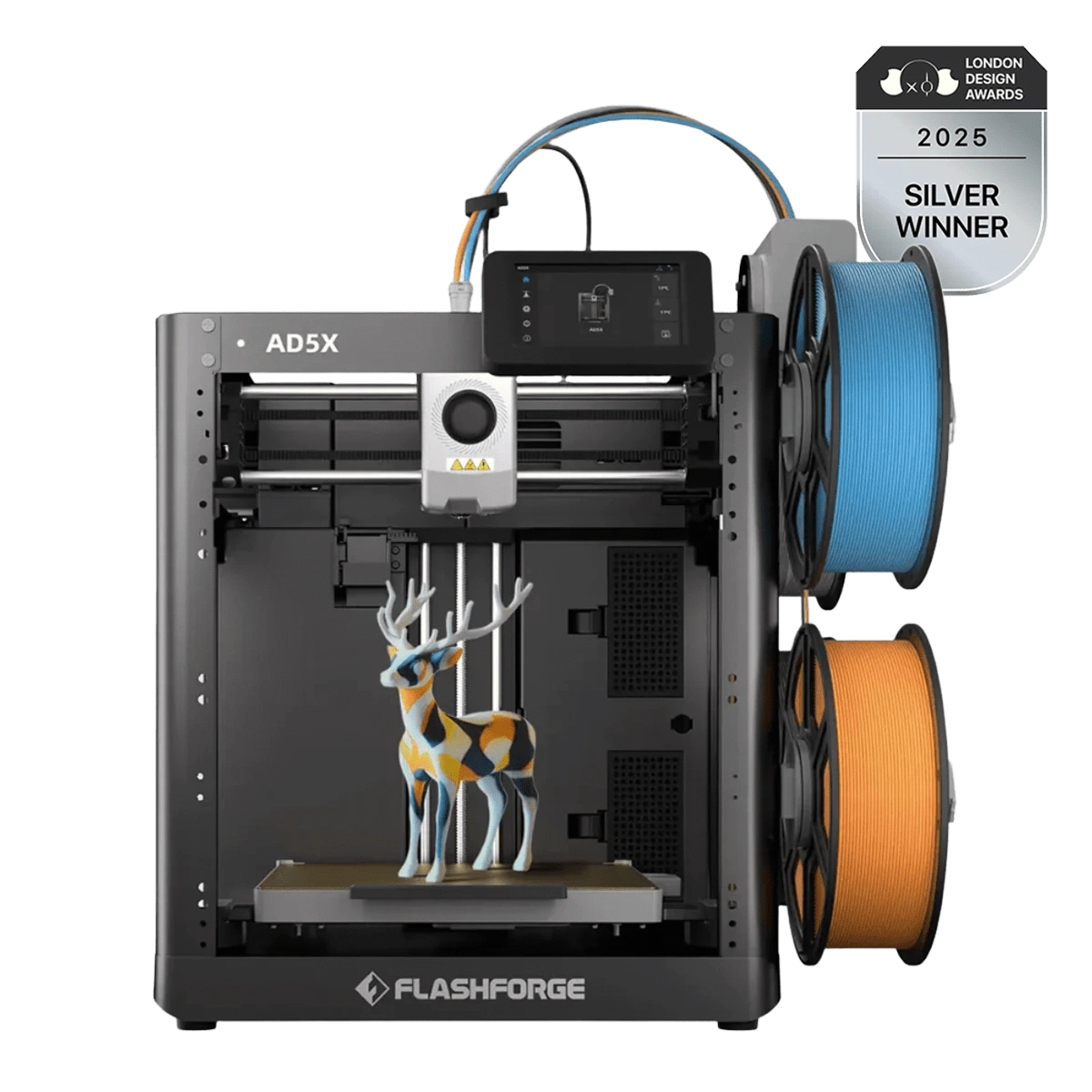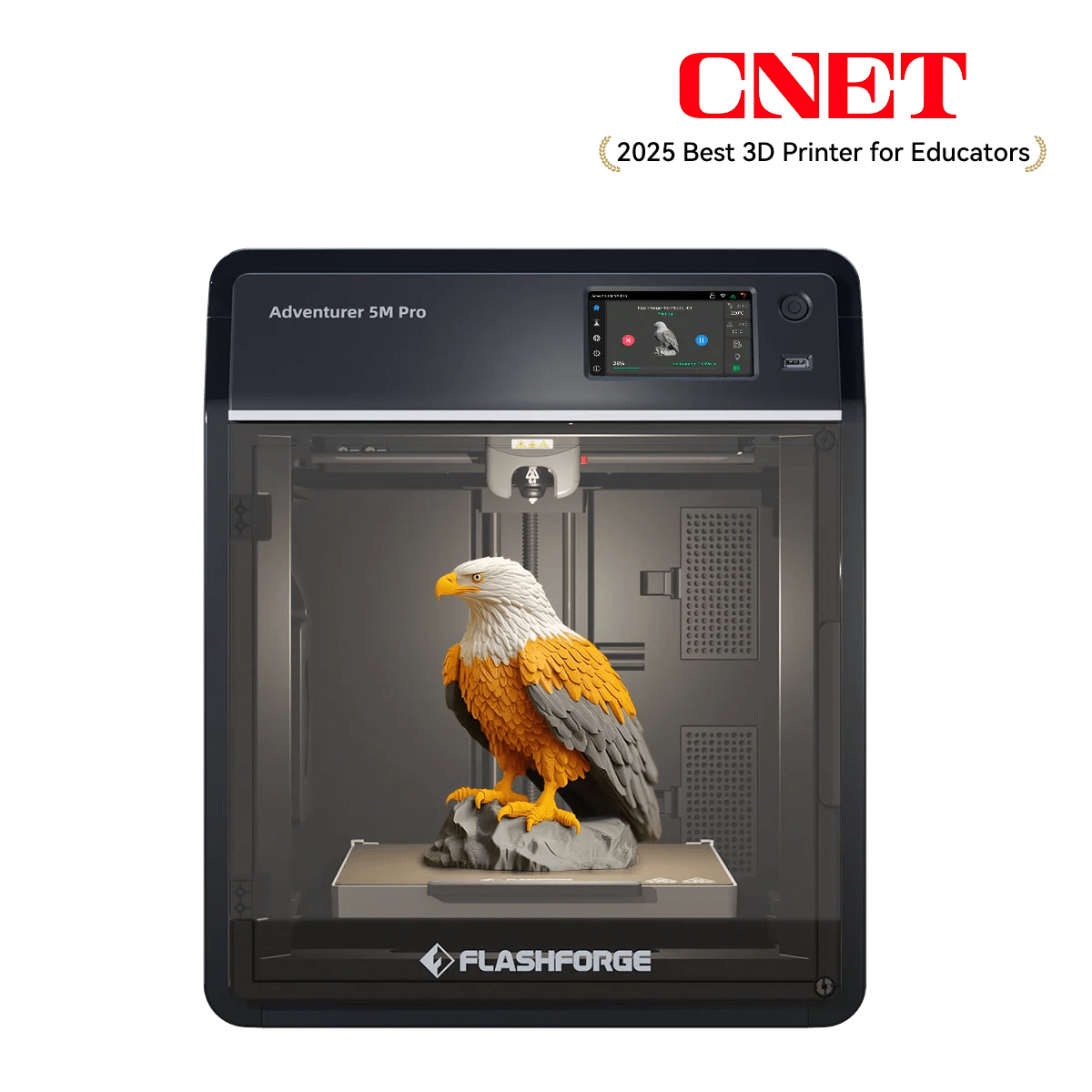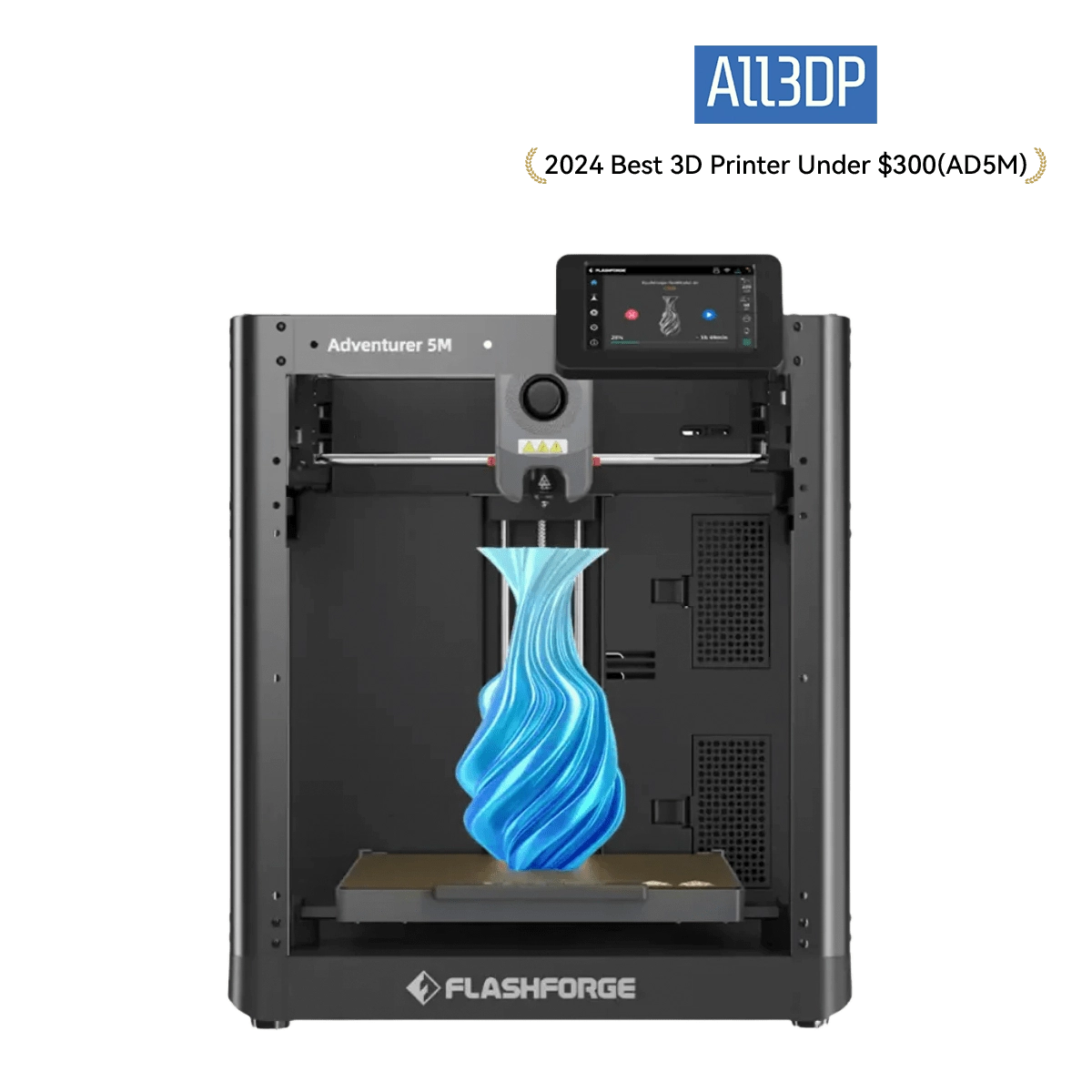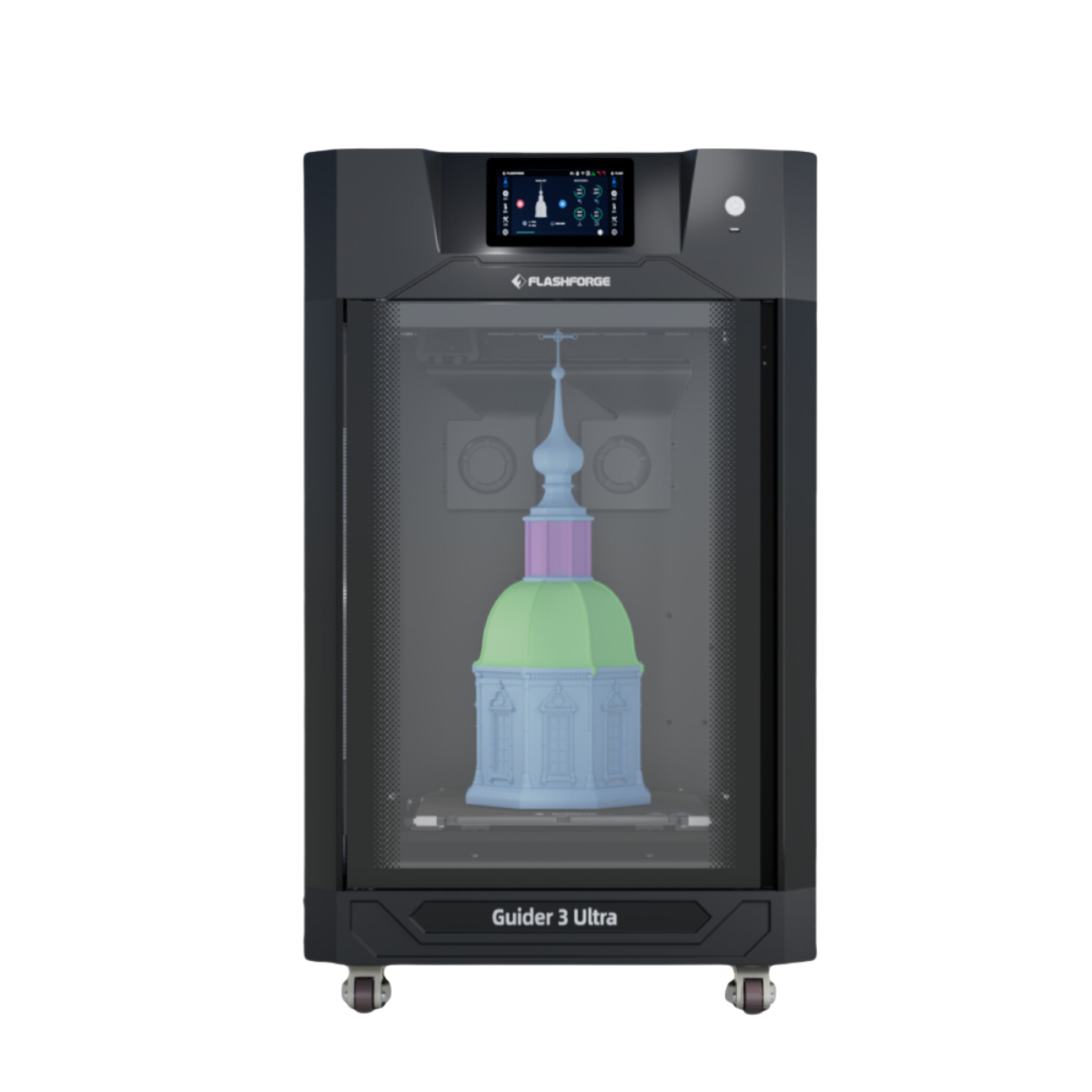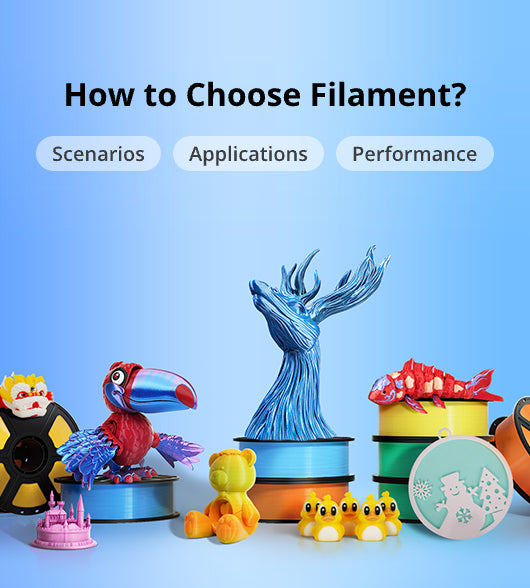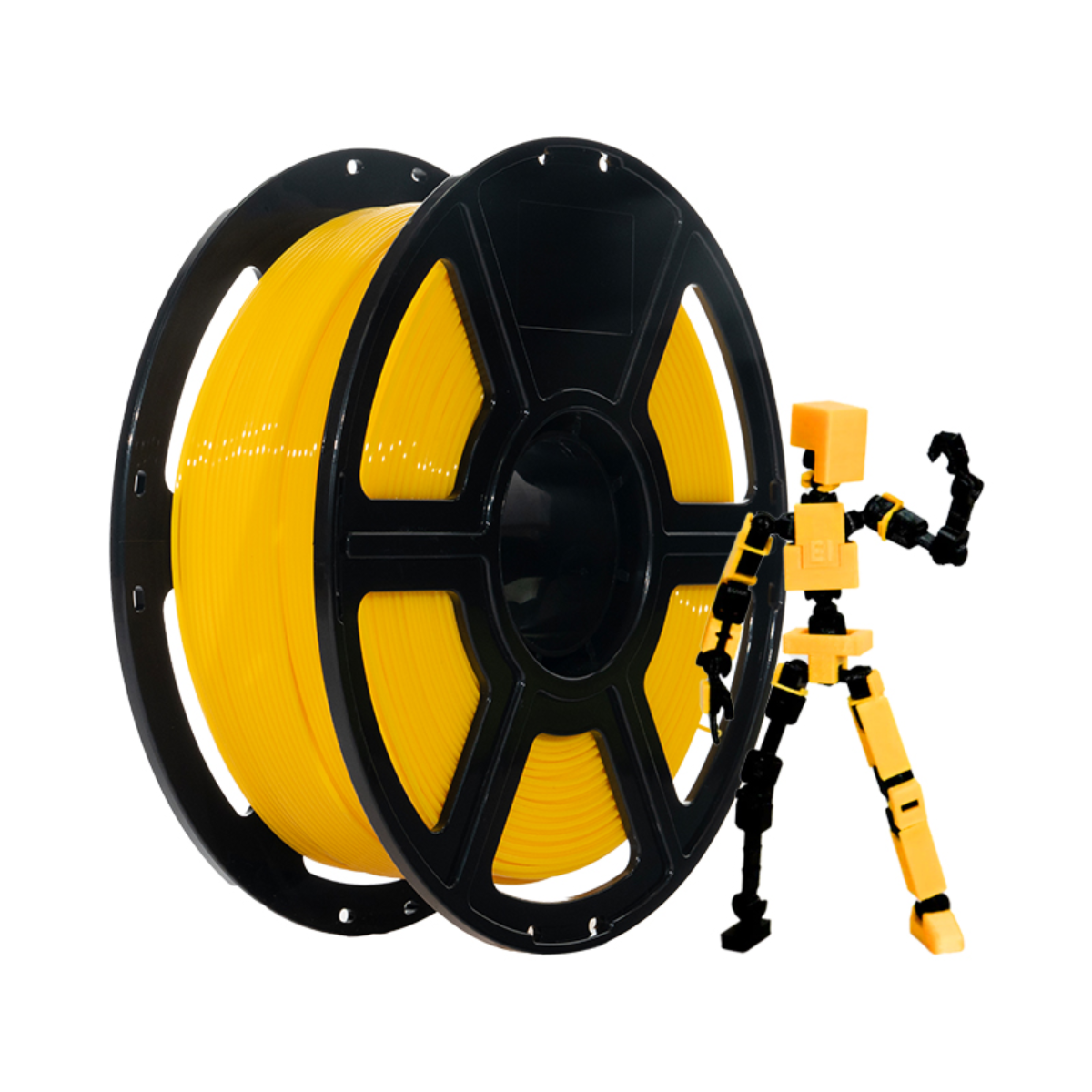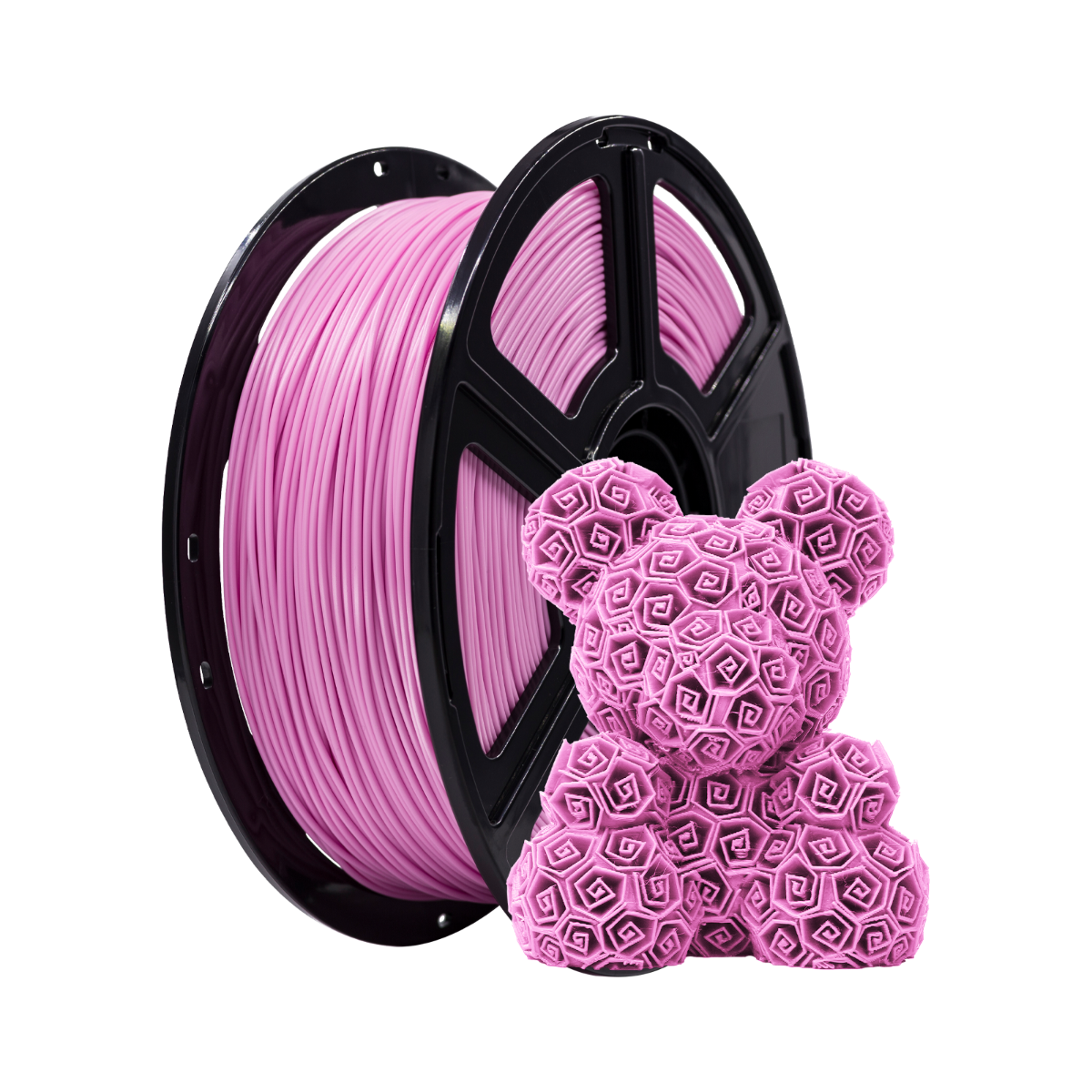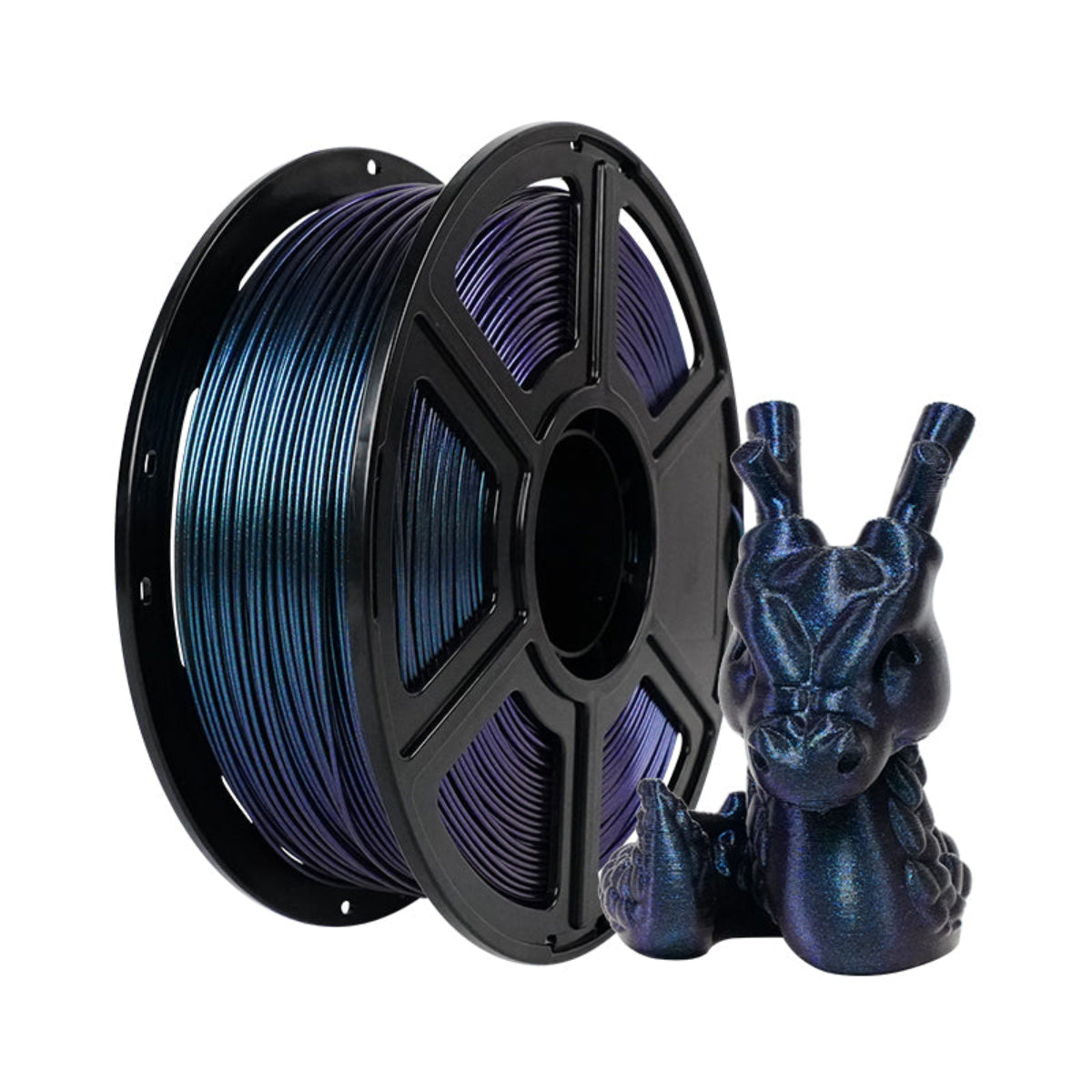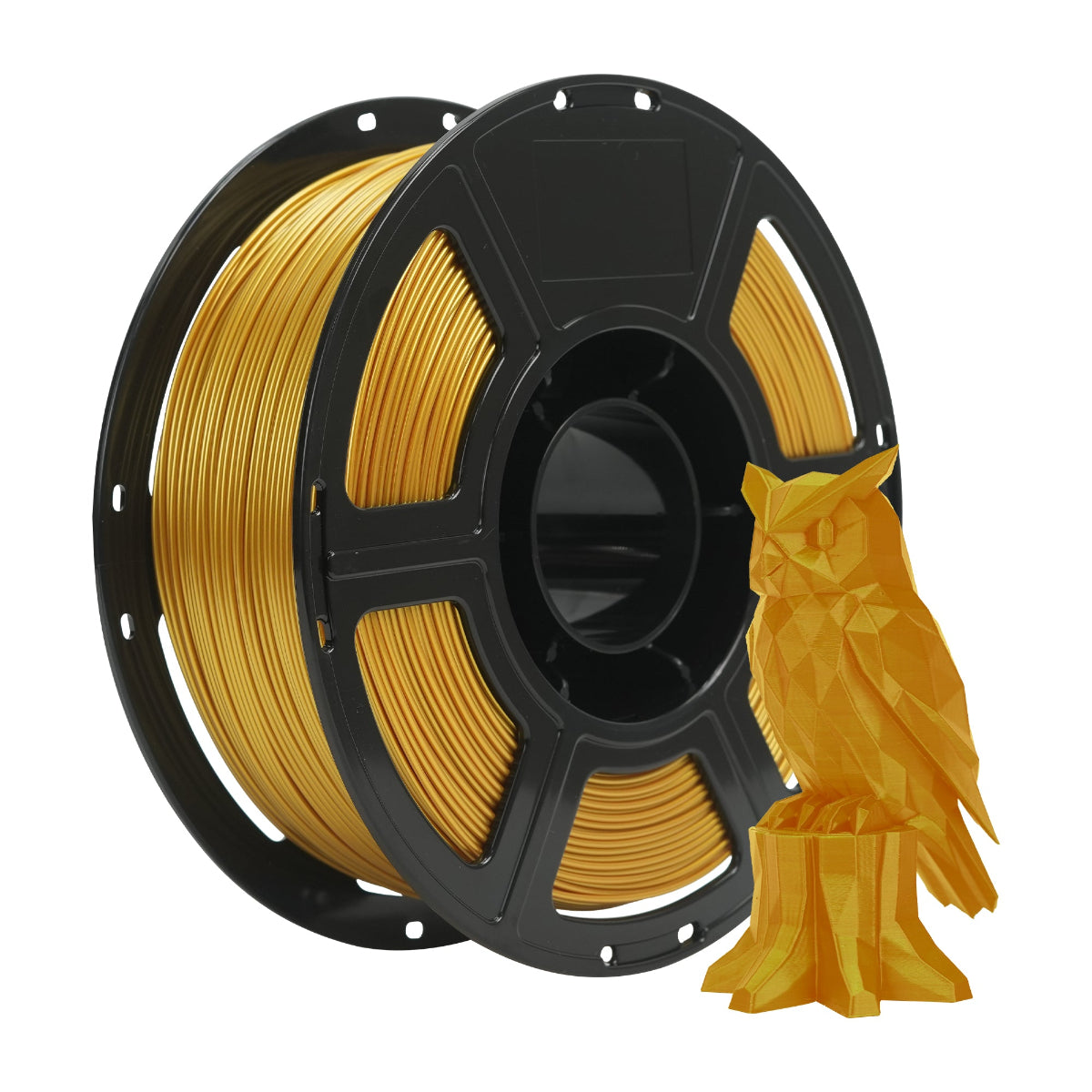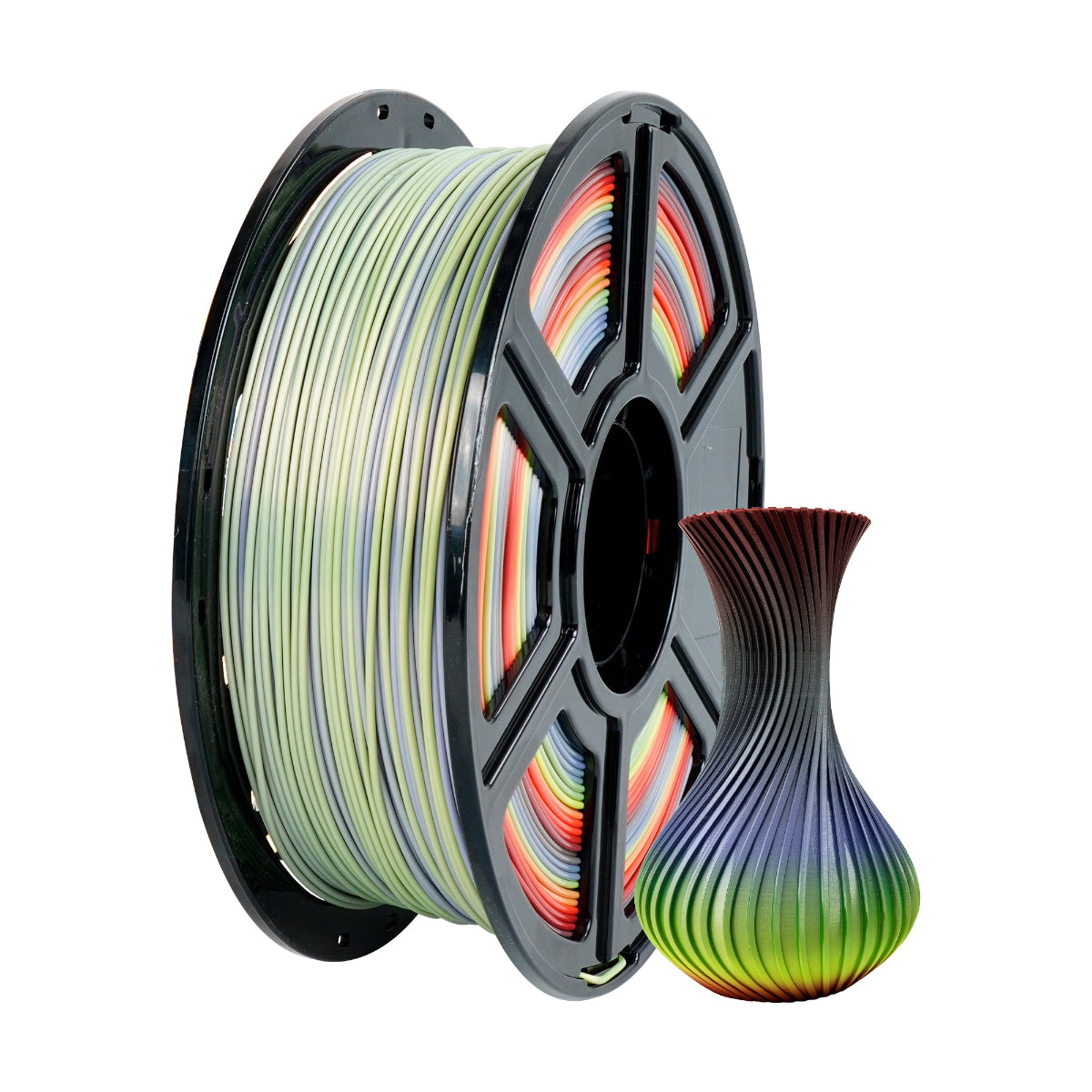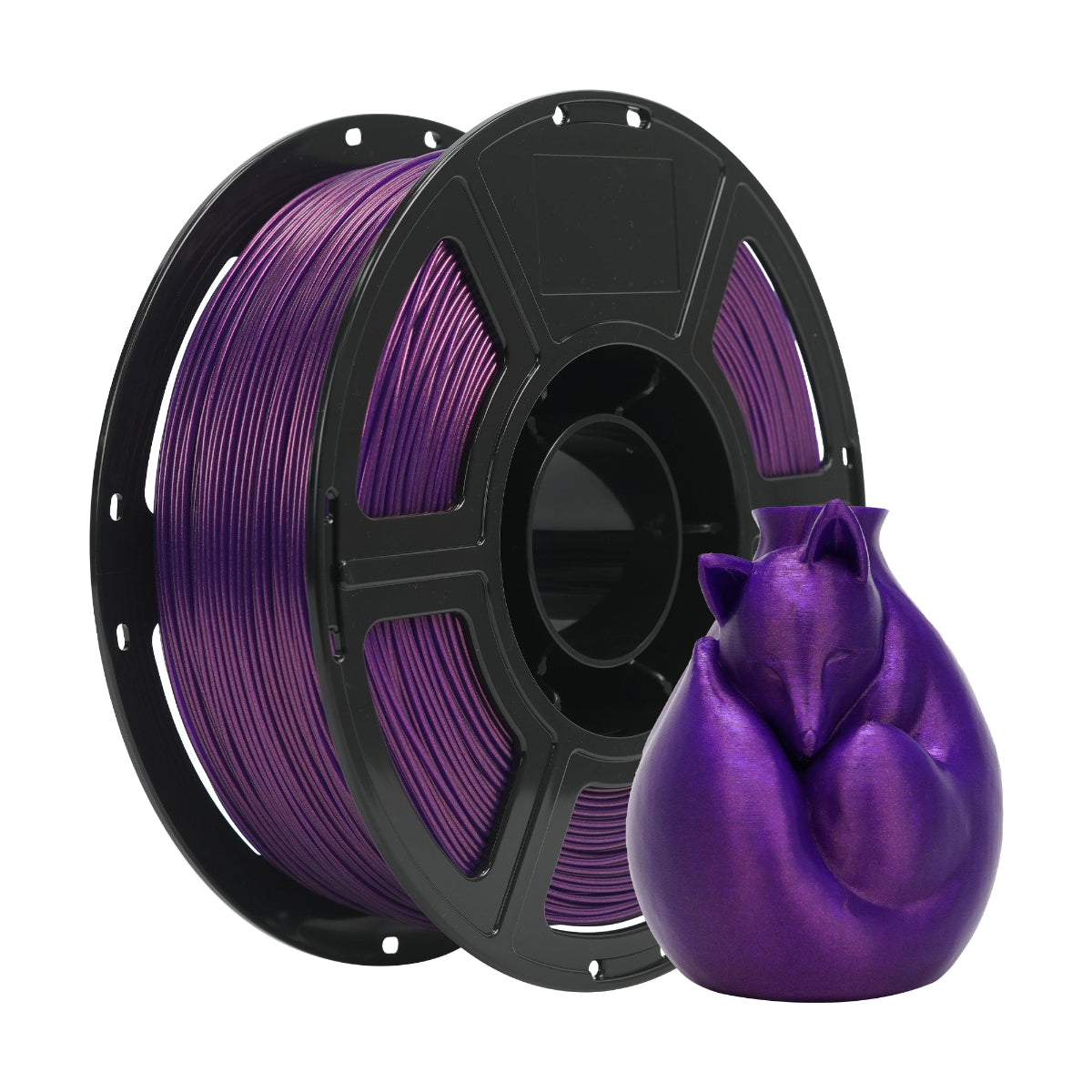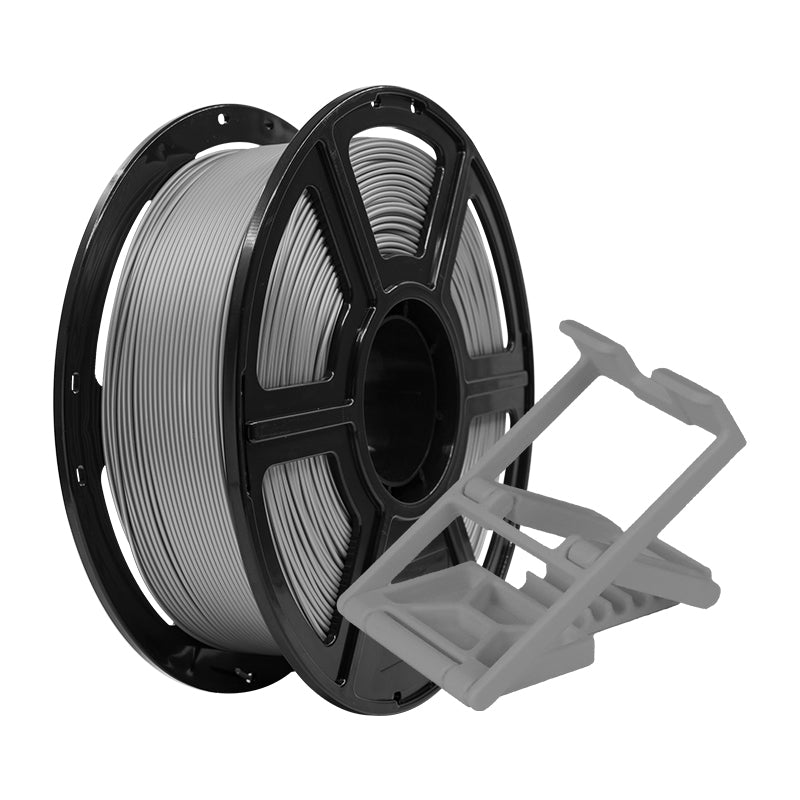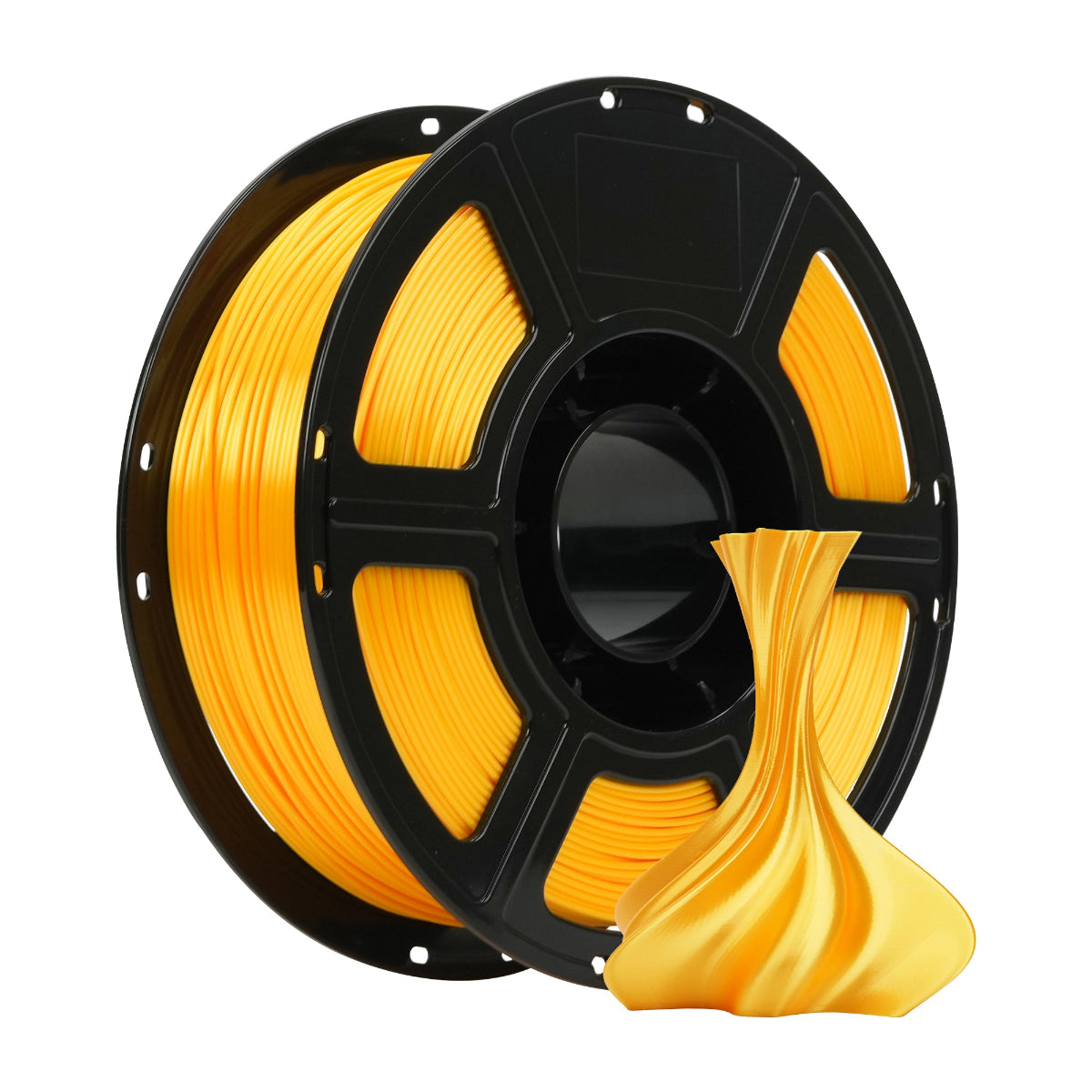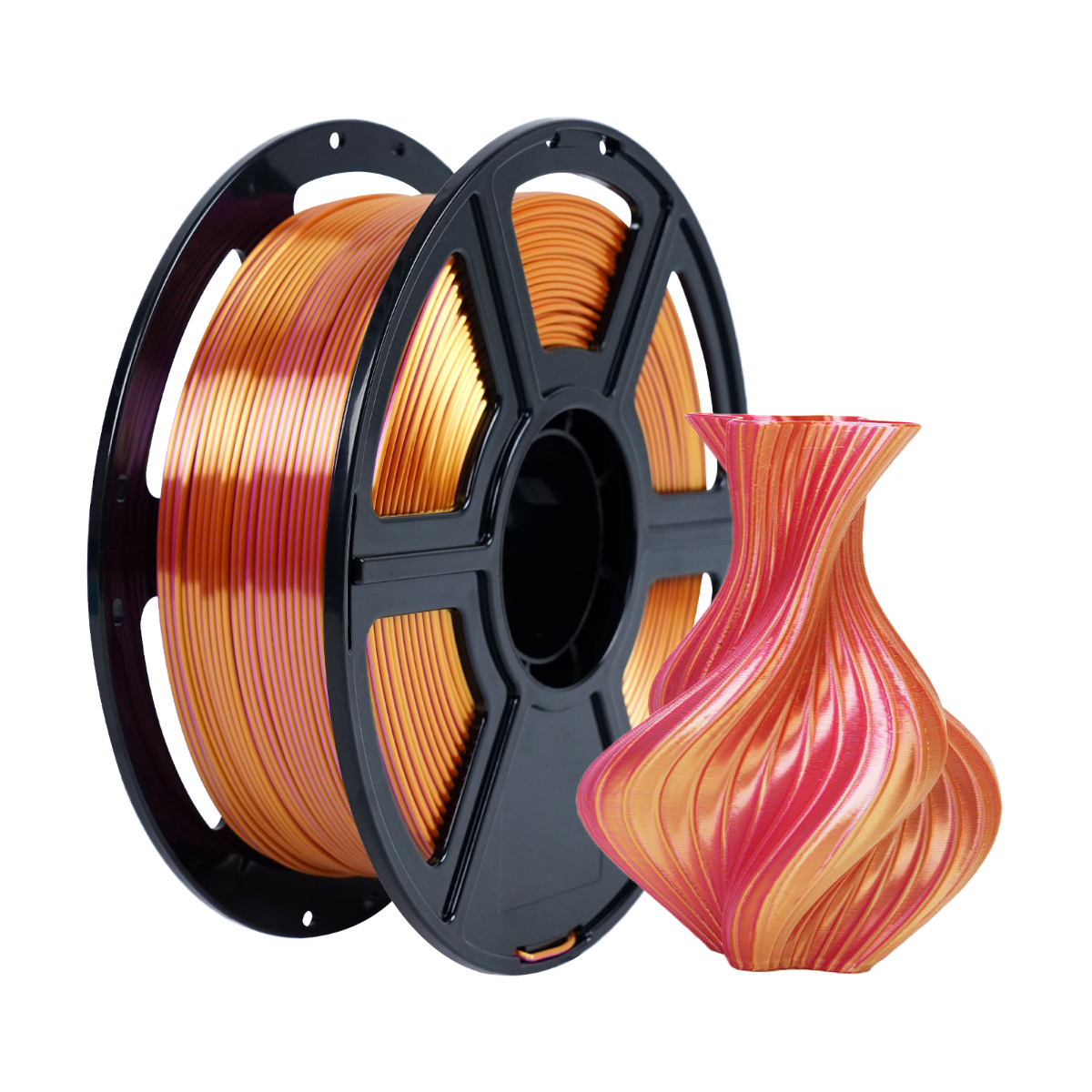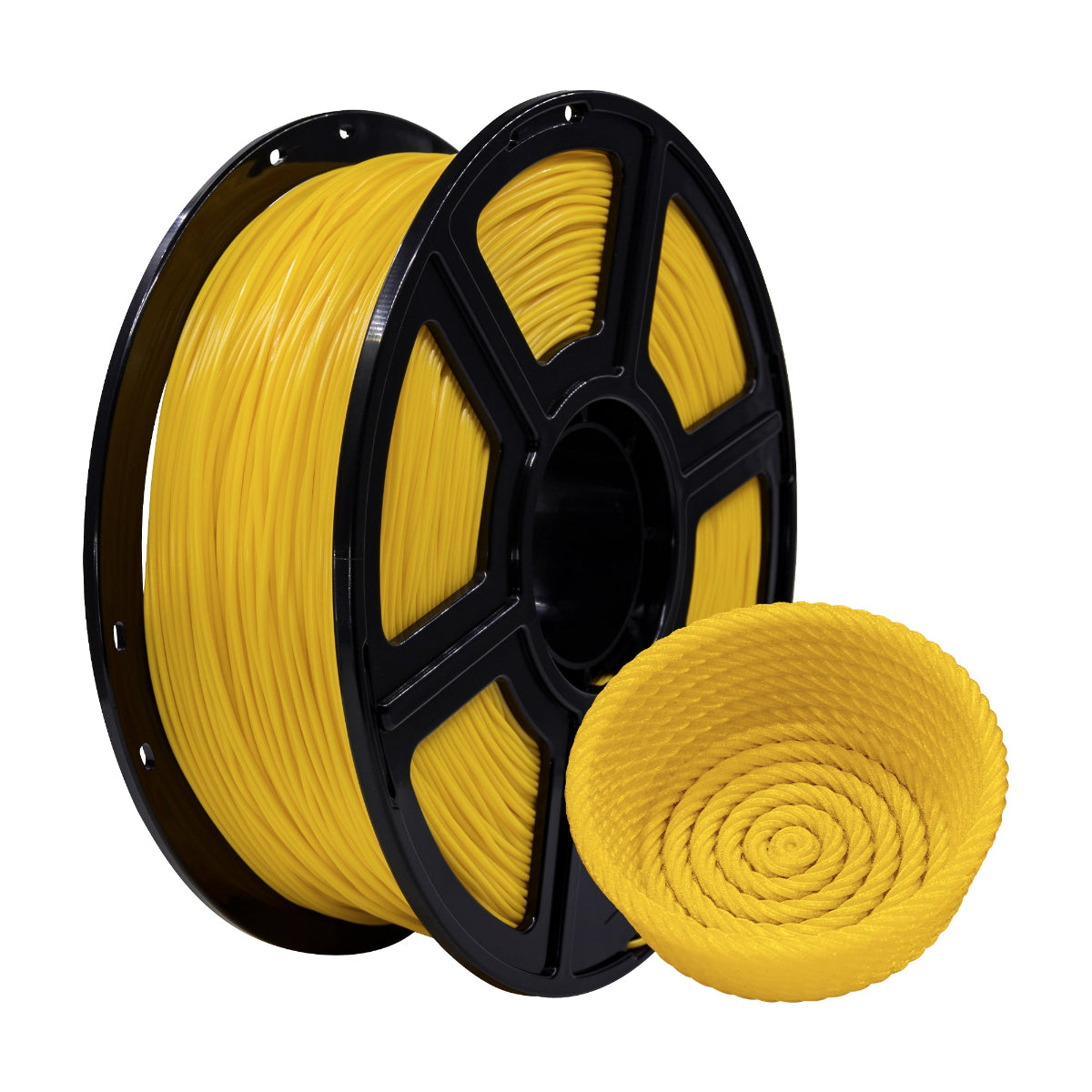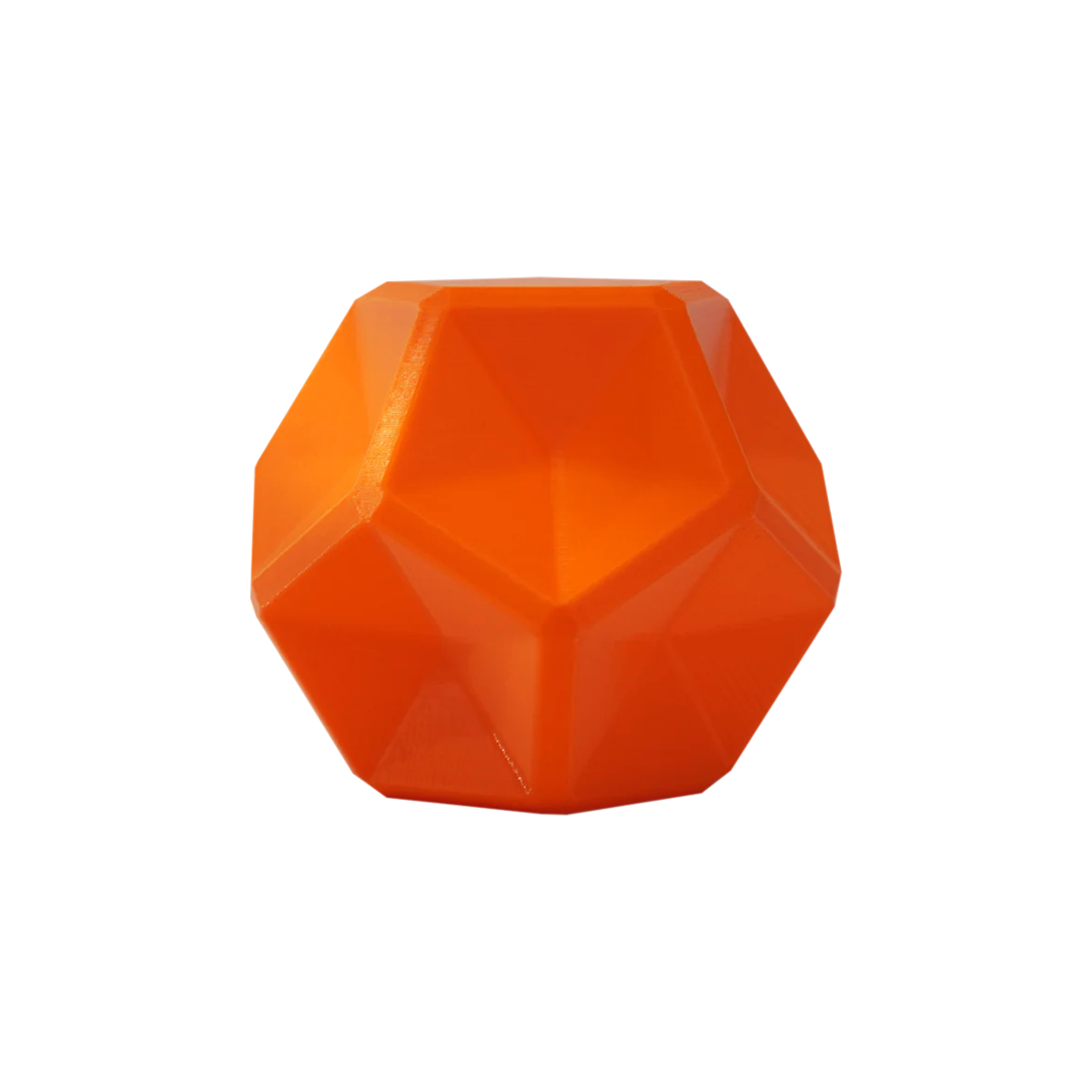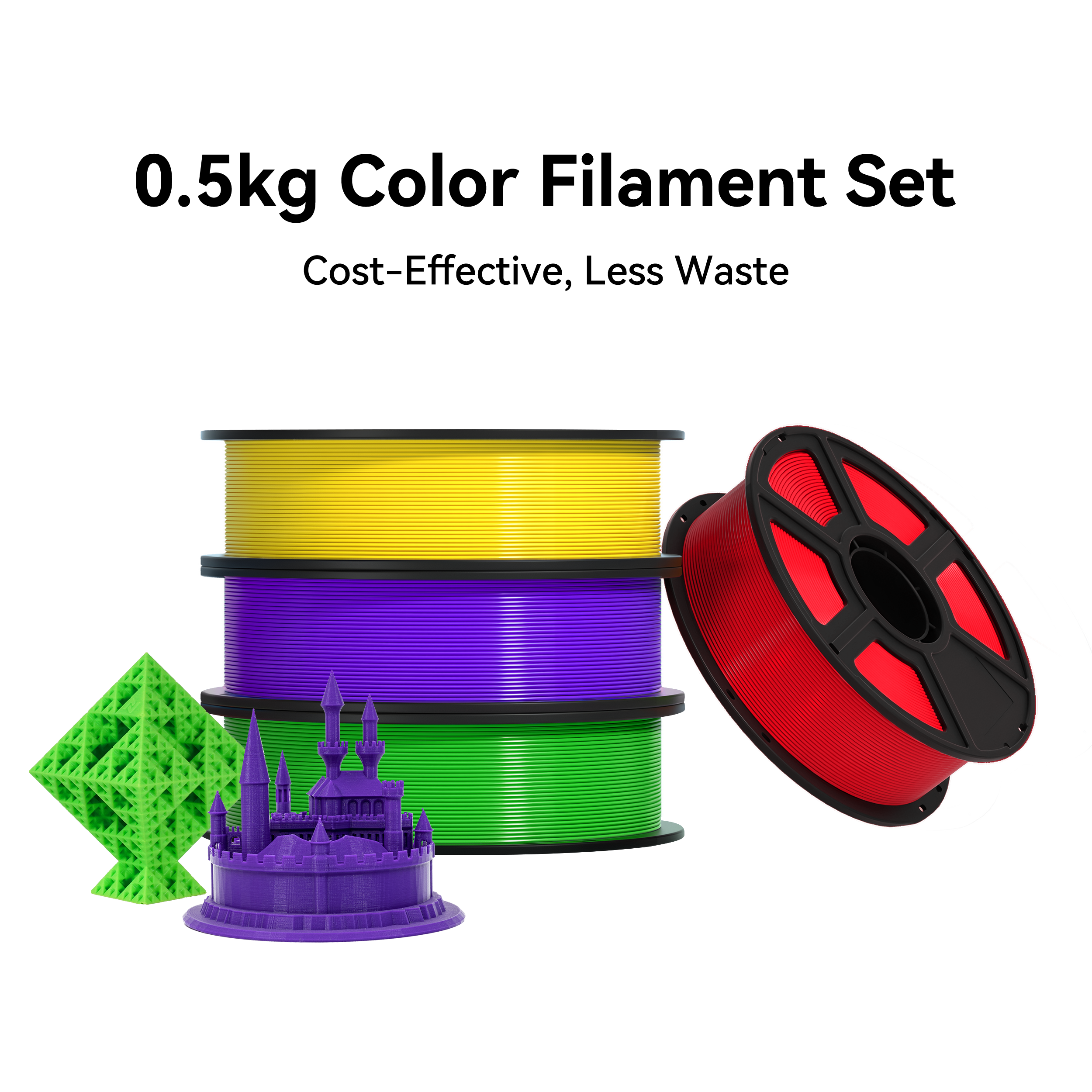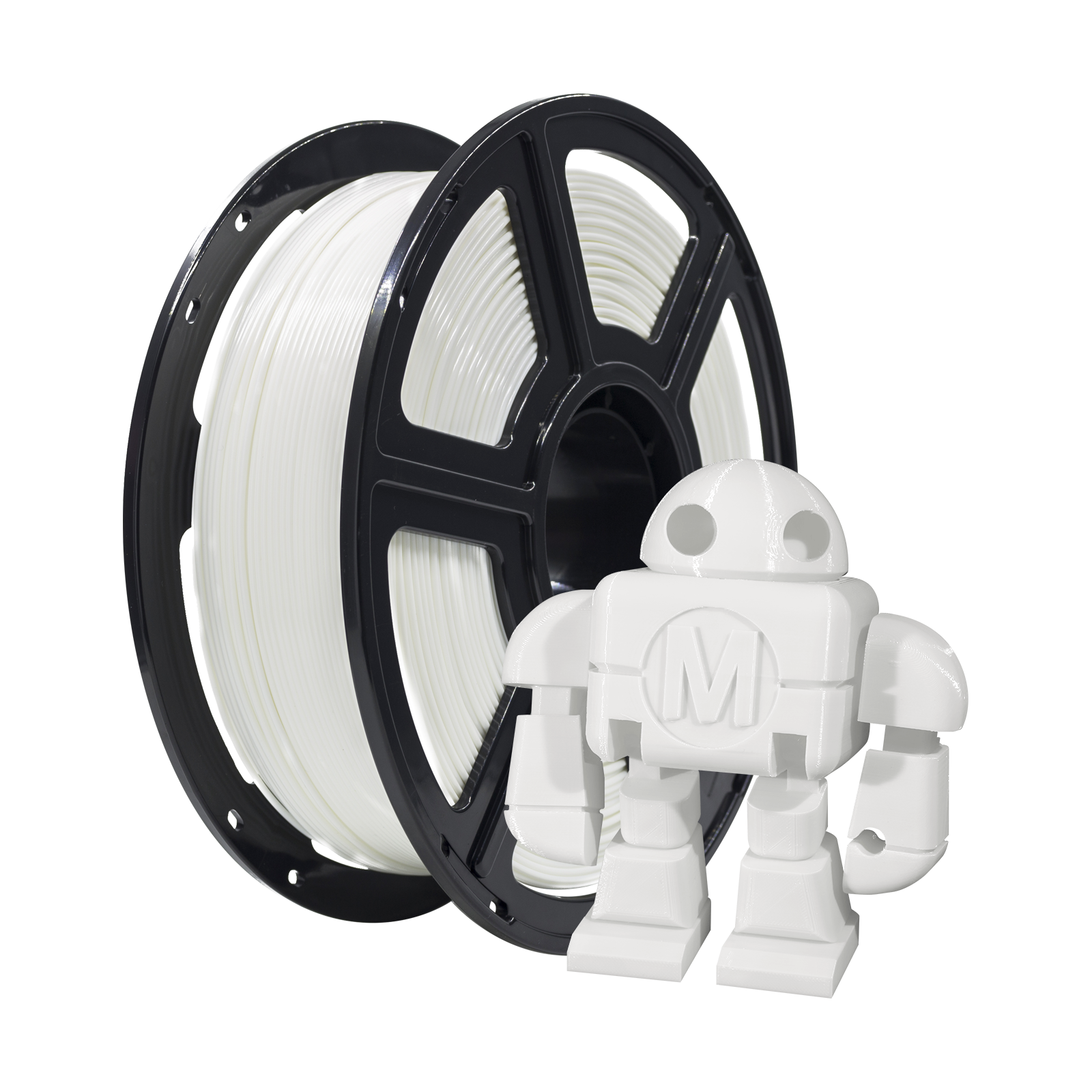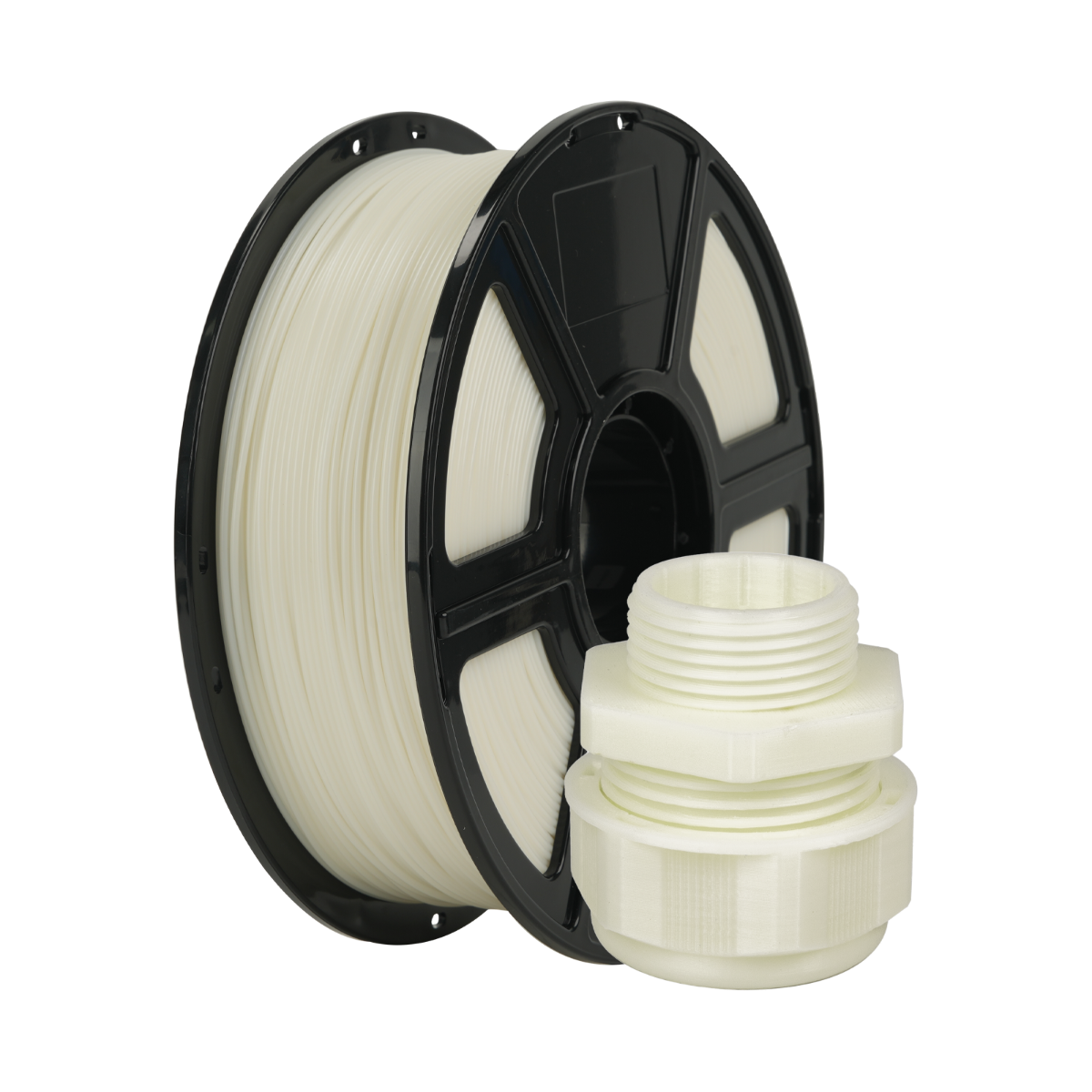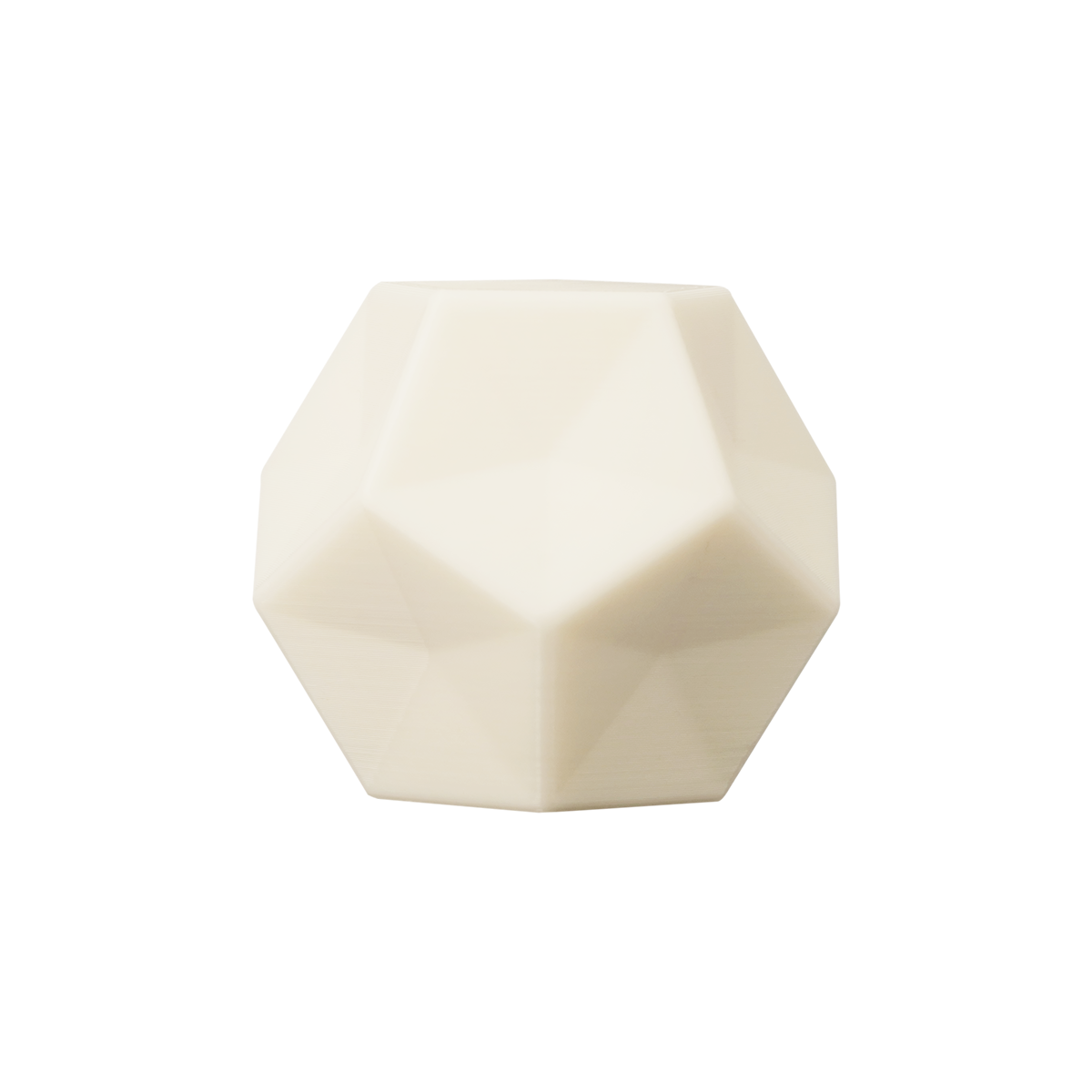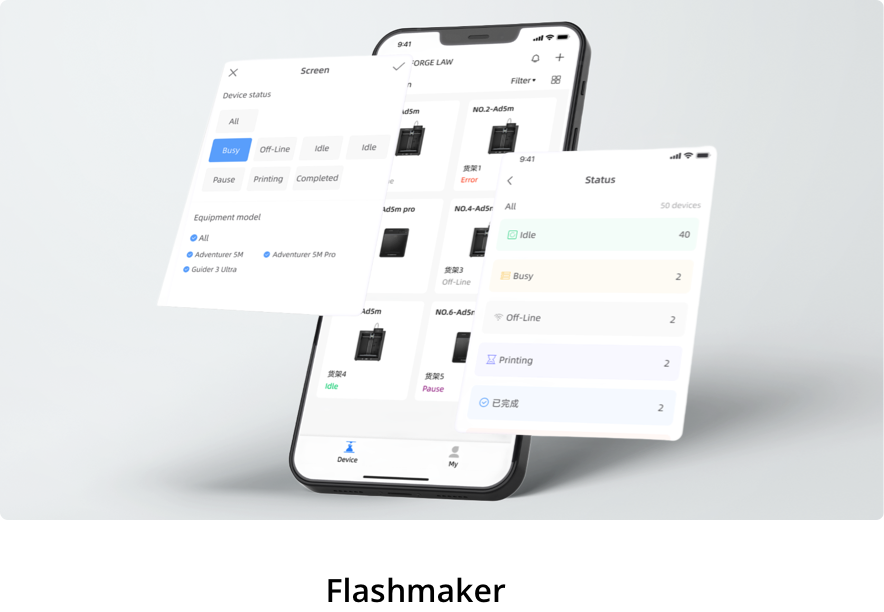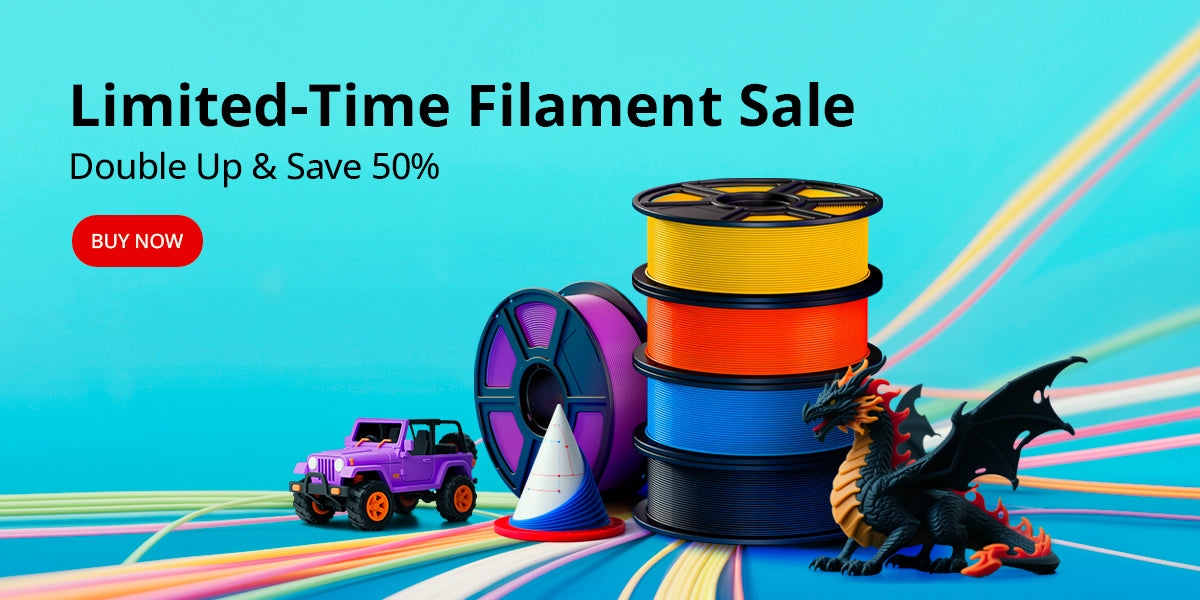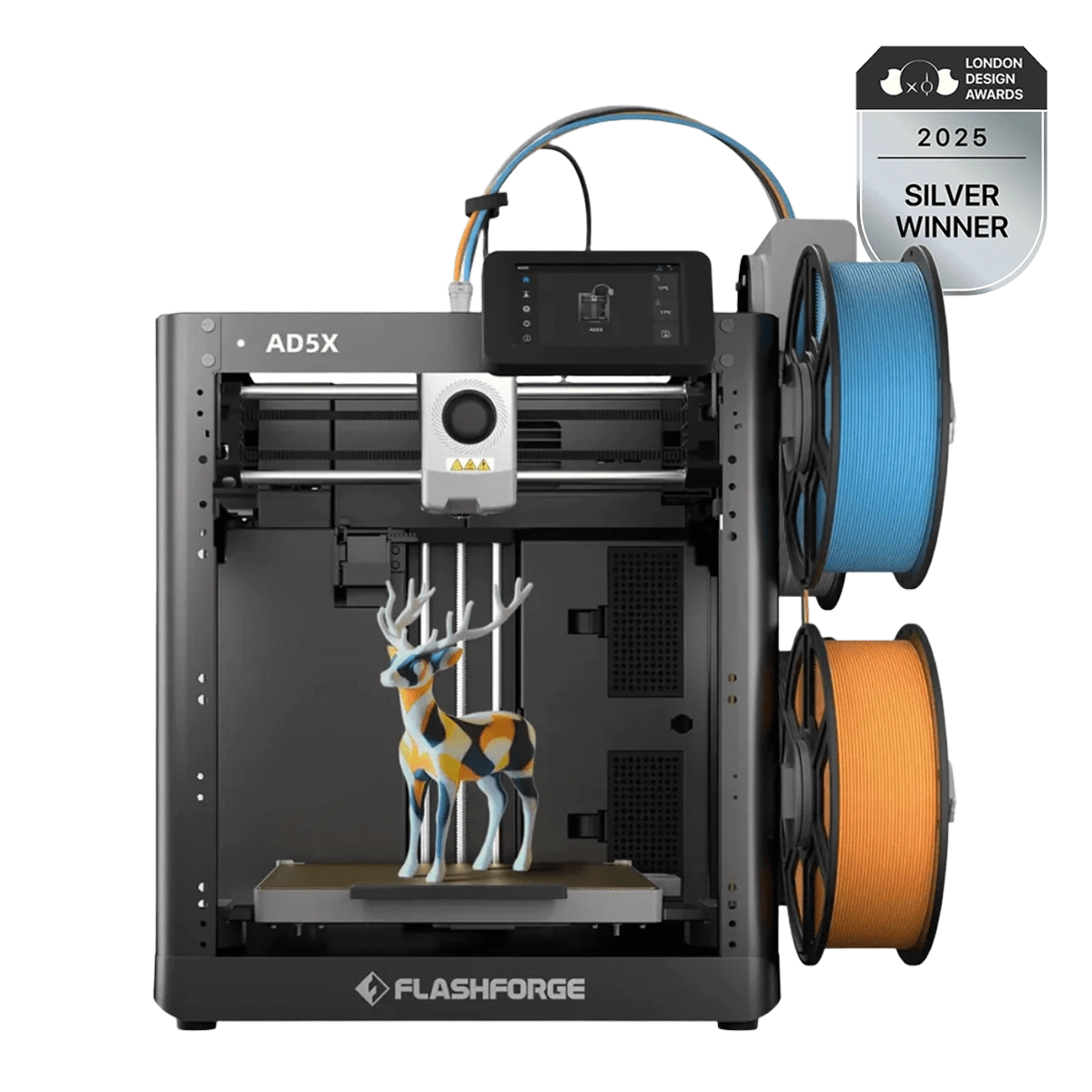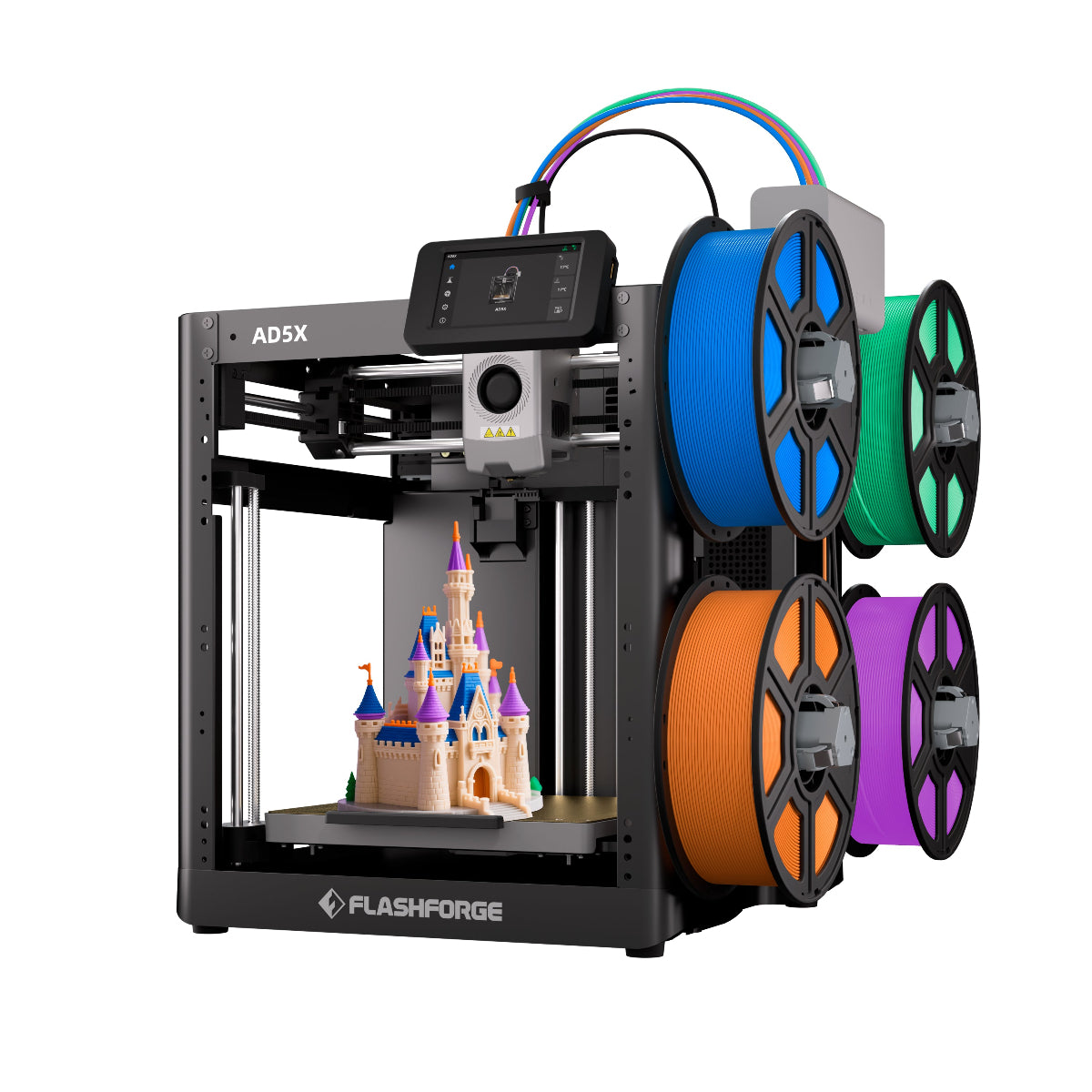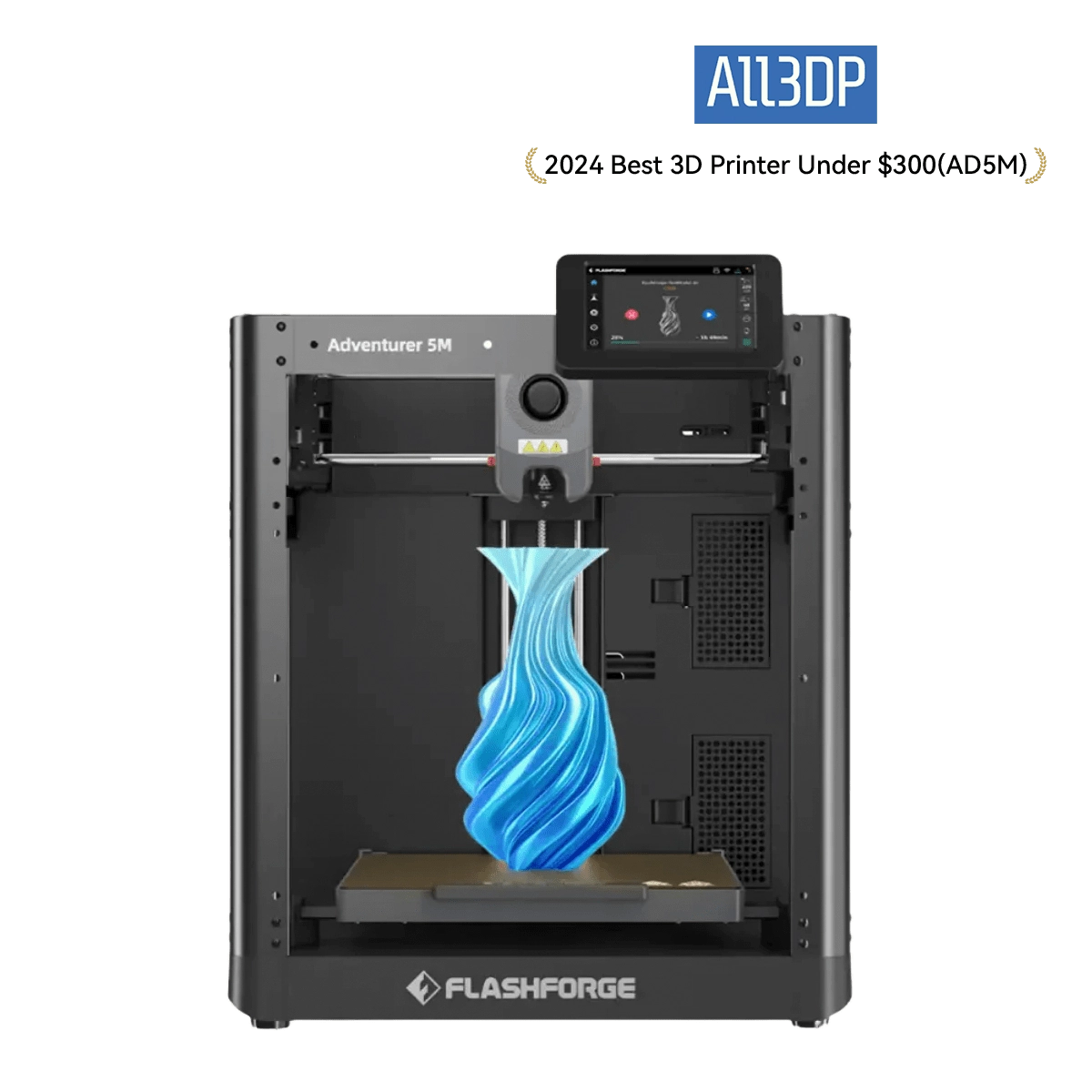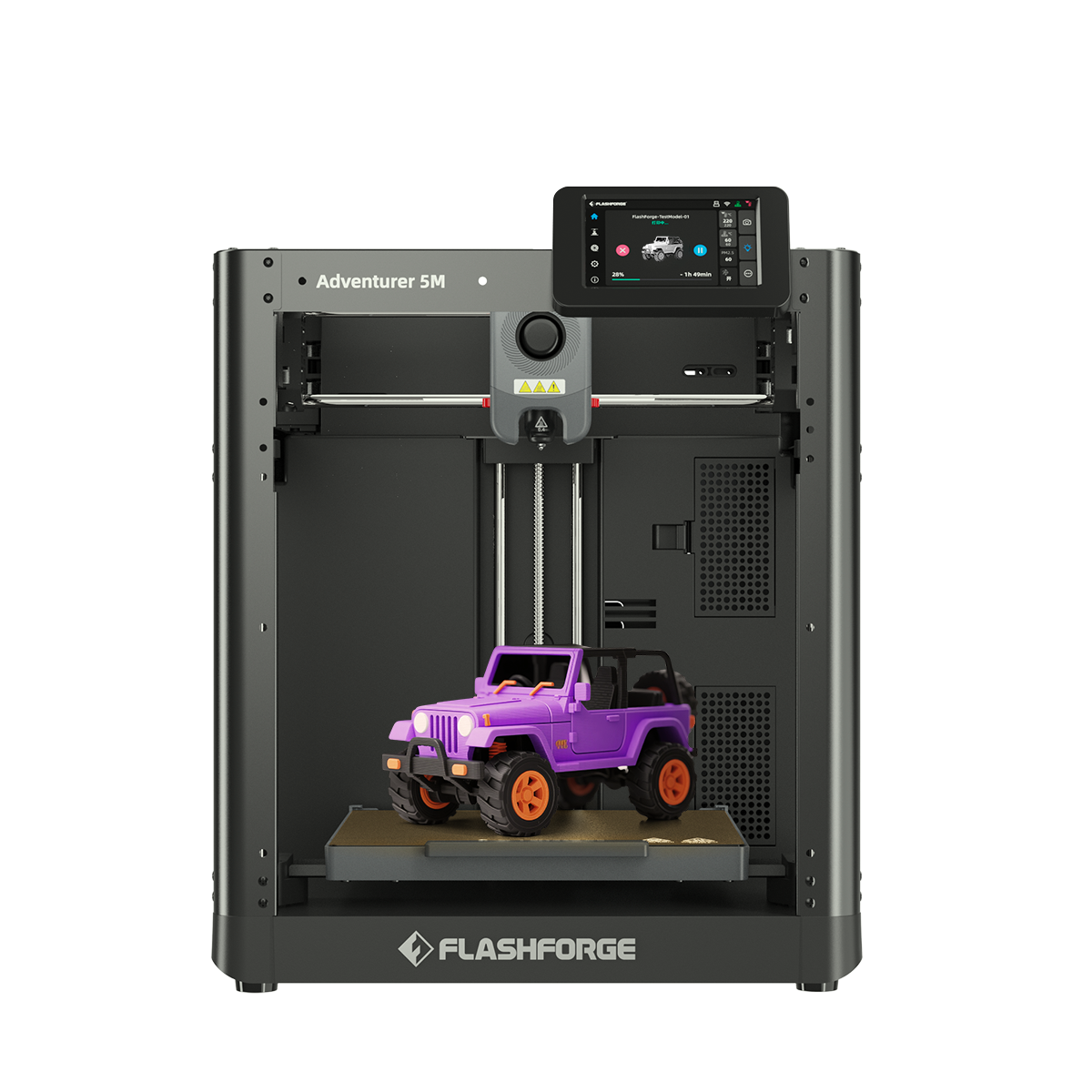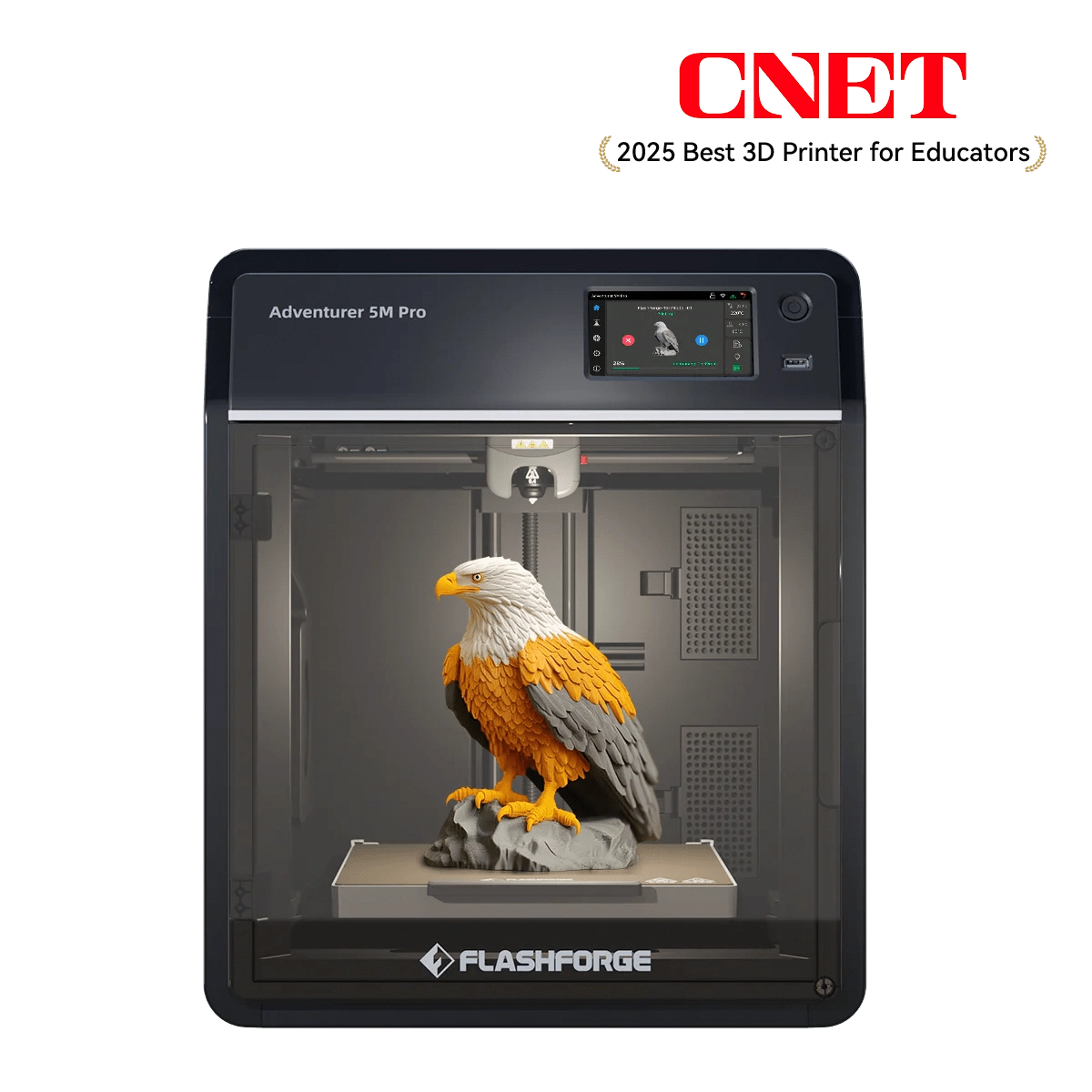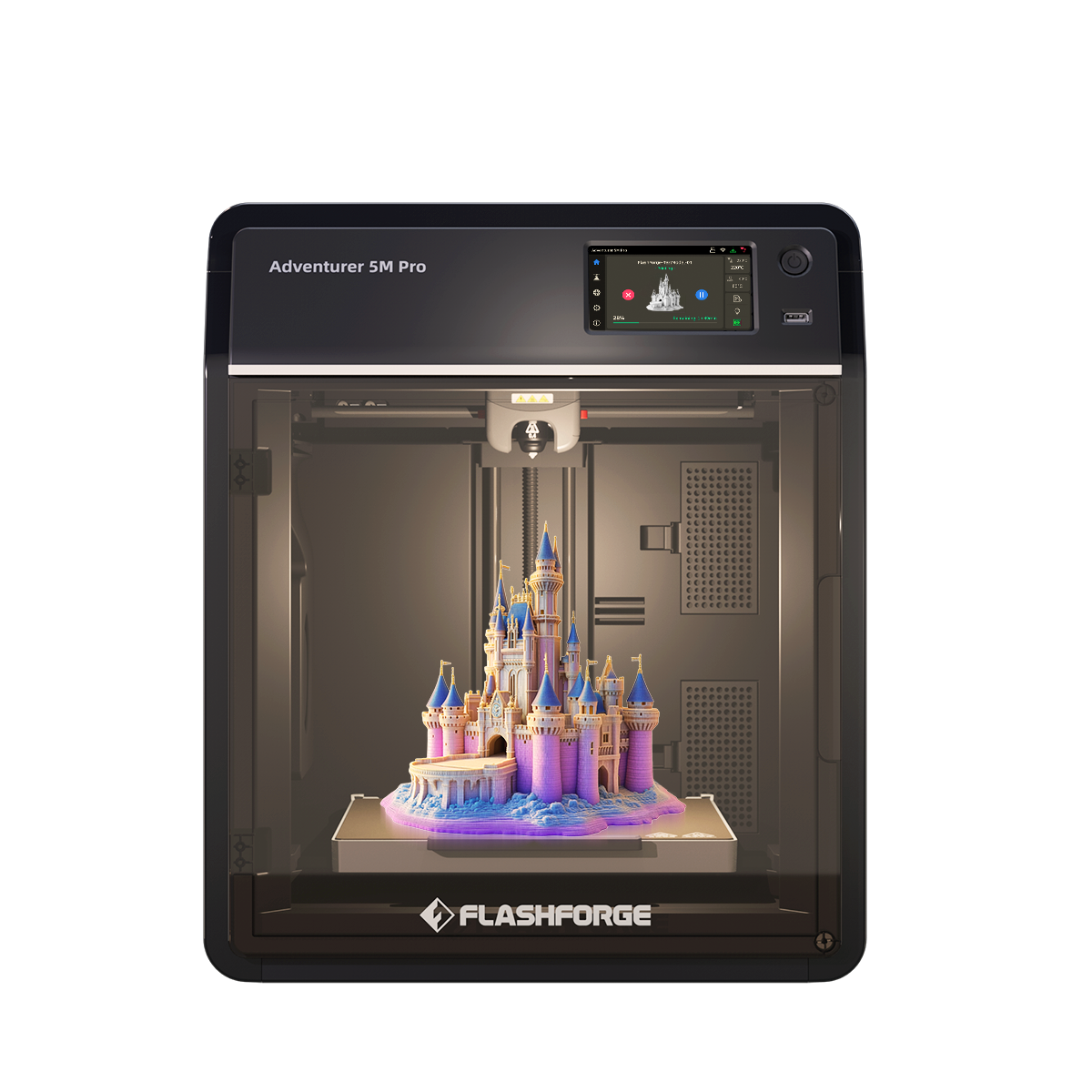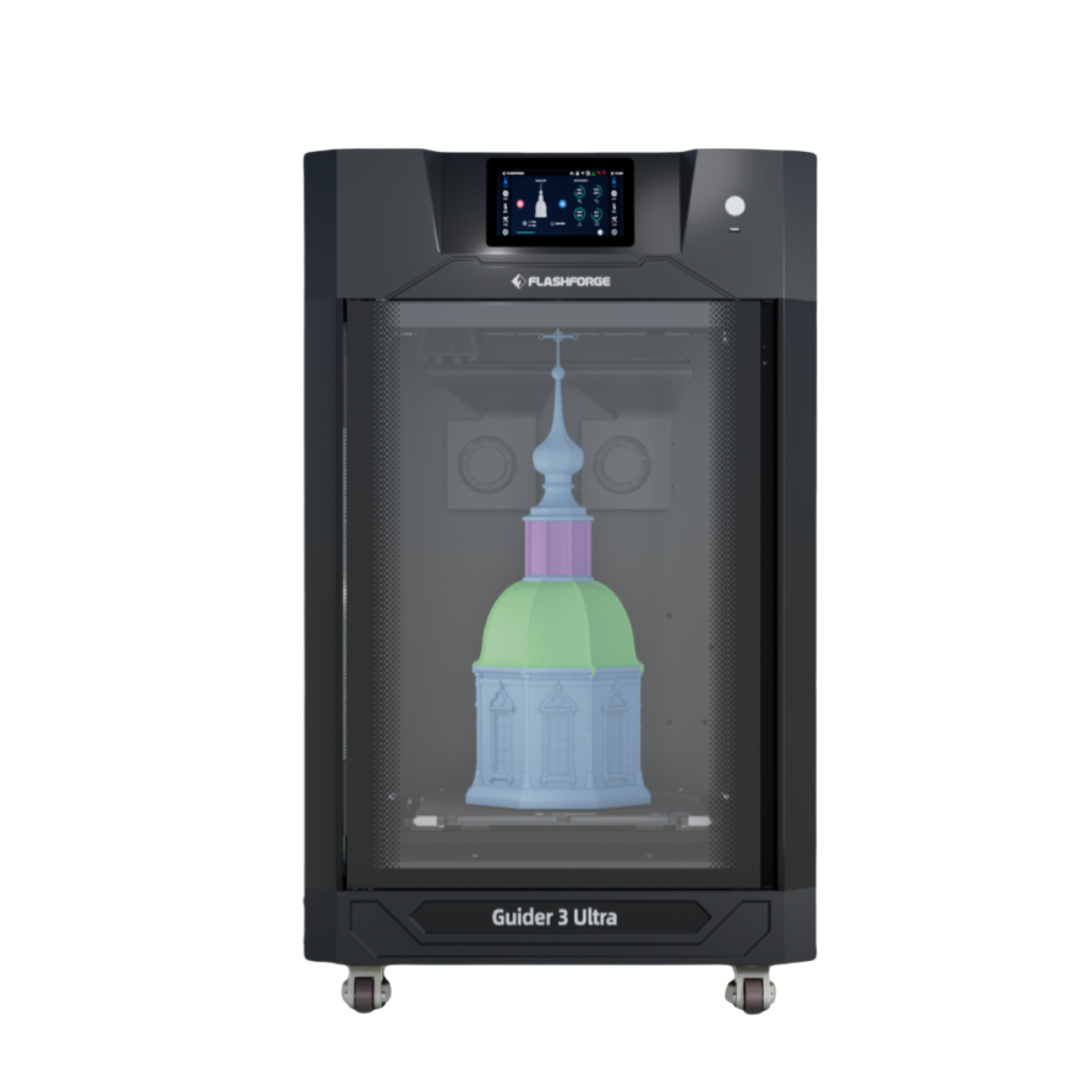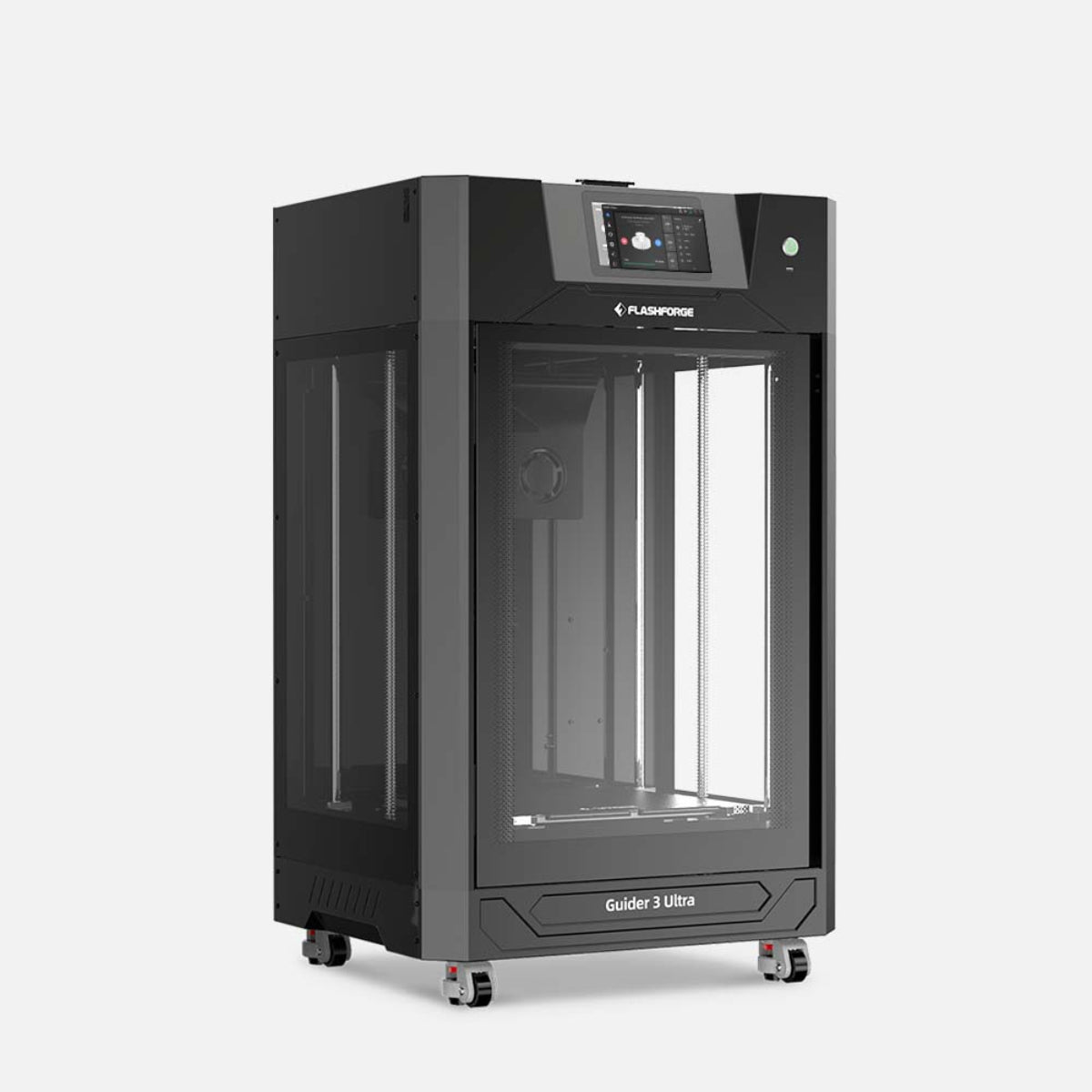FAQ
3D printing can utilize a variety of materials, including plastics, metals, ceramics, and biomaterials. Material selection depends on the printing application and desired physical properties, such as strength, heat resistance, transparency, and biocompatibility.
Common FDM printing materials include PLA, ABS, PETG, etc., each with different characteristics and applications.
Choosing FDM printing materials should consider project requirements such as strength, temperature resistance, chemical resistance, as well as printer compatibility and parameter requirements.
FDM printing materials have advantages such as low cost, ease of use, wide availability, environmental friendliness, etc., suitable for various personal and commercial applications.
FDM printing materials should be stored in a dry and ventilated environment, away from direct sunlight and moisture, to prevent moisture absorption and affect print quality.
3D printing is a manufacturing process that transforms digital models into physical objects by building them layer by layer. This allows for the creation of complex designs, from prototypes to functional parts and finished products.
At Flashforge, we specialize in FDM (Fused Deposition Modeling) 3D printers, known for their reliability, affordability, and ease of use—perfect for beginners and professionals alike.
3D printing technology has wide-ranging applications across various industries, including industrial manufacturing, healthcare, architecture, automotive, and aerospace. It can be used for rapid prototyping, custom product creation, medical devices, and spare parts manufacturing, among others.
Choosing the right 3D printer for your needs depends on several factors, such as printing materials, printing speed, printing accuracy, and print size. Common types include FFF/FDM printers, SLA/DLP printers, and SLS printers, each with its unique advantages and disadvantages.
FDM (Fused Deposition Modeling) is a common 3D printing technology that constructs printed objects layer by layer using melted filament.
Proper maintenance and care of a 3D printer are essential to ensure its long-term reliability. Common maintenance tasks include cleaning the print head, calibrating the print bed, and replacing consumables. Regular inspections and maintenance can prolong the life of the equipment and ensure print quality.


